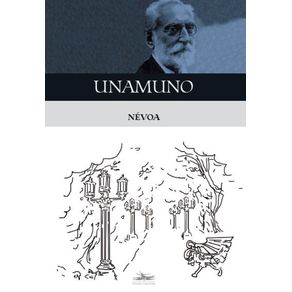-
DEPARTAMENTOS
- ANIMAIS DE ESTIMAÇÃO
- ARTES
- AUTO AJUDA
-
BEM ESTAR E LAZER
-
CATEGORIAS
-
-
CULINÁRIA E GASTRONOMIA
-
CATEGORIAS
-
-
ESPORTES
-
CATEGORIAS
-
- INFANTIL
-
RELIGIÃO
-
CATEGORIAS
-
- ADMINISTRAÇÃO E NEGÓCIOS
-
CIÊNCIAS BIOLÓGICAS E NATURAIS
-
CATEGORIAS
-
- DIREITO
- ECONOMIA
-
MEDICINA
-
CATEGORIAS
-
-
TODOS DEPARTAMENTOS
-
INTERESSE GERAL
-
LIVROS TÉCNICOS
-
- DISCIPLINAS
- ACESSÓRIOS
- FORMATURA
- PAPELARIA
The Last Man
Cód:
491_9786257959704
The Last Man
Autor:
Editora:
Código:
491_9786257959704
Vendido e entregue por Um Livro
The Last Man is a post-apocalyptic science fiction novel by Mary Shelley, which was first published in 1826. The book tells of a future world that has been ravaged by a plague. The novel was harshly reviewed at the time, and was virtually unknown – having been eclipsed by Shelley's more popular works – until a scholarly revival in the 1960s. It contains semi-biographical portraits of Romantic figures in Shelley's circle, particularly Shelley's late husband Percy Bysshe Shelley and Lord Byron.Plot Summary:IntroductionMary Shelley states in the introduction that in 1818 she discovered, in the Sibyl's cave near Naples, a collection of prophetic writings painted on leaves by the Cumaean Sibyl. She has edited these writings into the current narrative, the first-person narrative of a man living at the end of the 21st century, commencing in 2073 and concluding in 2100. Despite the chronological setting, the world of The Last Man appears to be relatively similar to the era in which it was written.Failure of Romantic Political IdealsThe Last Man not only laments the loss of Shelley's friends, but also questions the Romantic political ideals for which they stood. In a sense, the plague is metaphorical, since the revolutionary idyll of the élite group is corroded from within by flaws of human nature. As literary scholar Kari Lokke writes, "in its refusal to place humanity at the center of the universe, its questioning of our privileged position in relation to nature, then, The Last Man constitutes a profound and prophetic challenge to Western humanism." Specifically, Mary Shelley, in making references to the failure of the French Revolution and the Godwinian, Wollstonecraftian, and Burkean responses to it, "attacks Enlightenment faith in the inevitability of progress thro
Veja mais





































